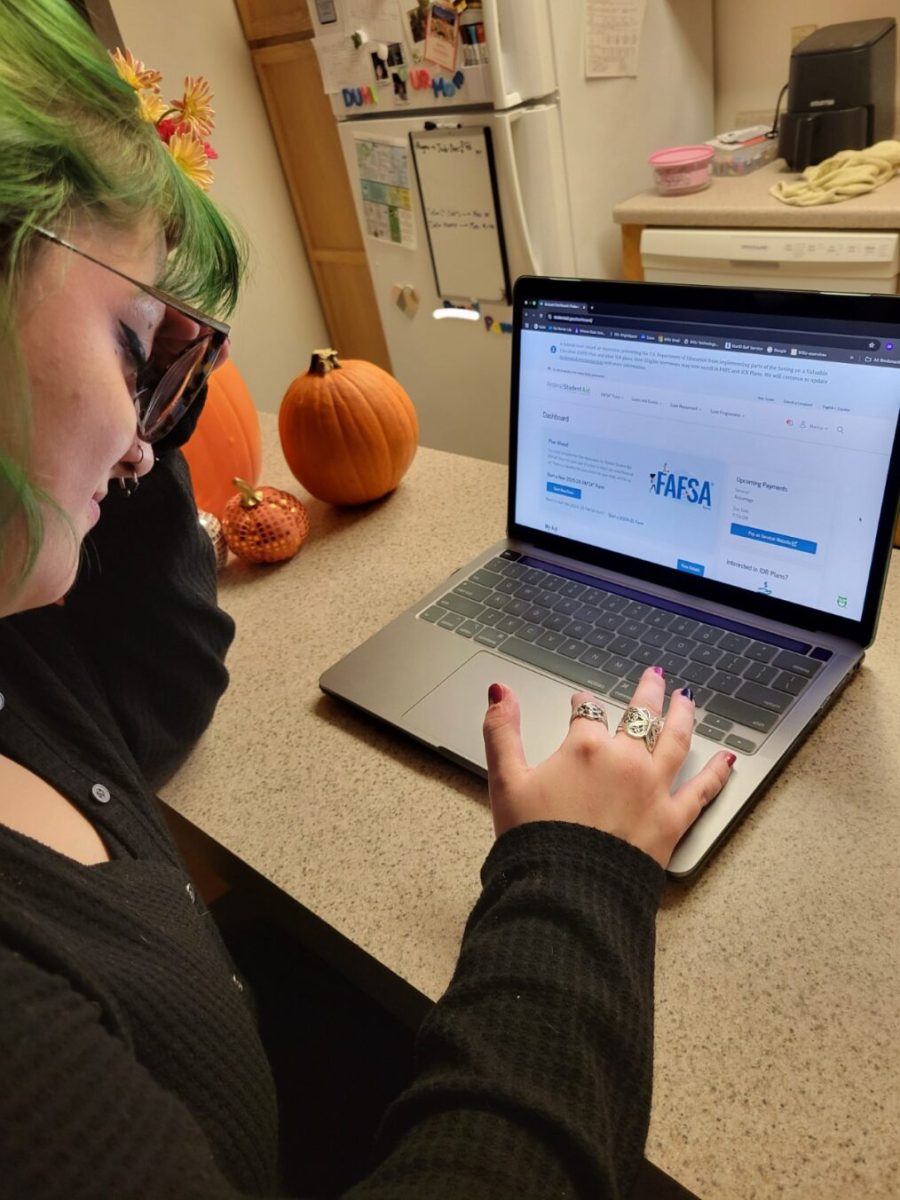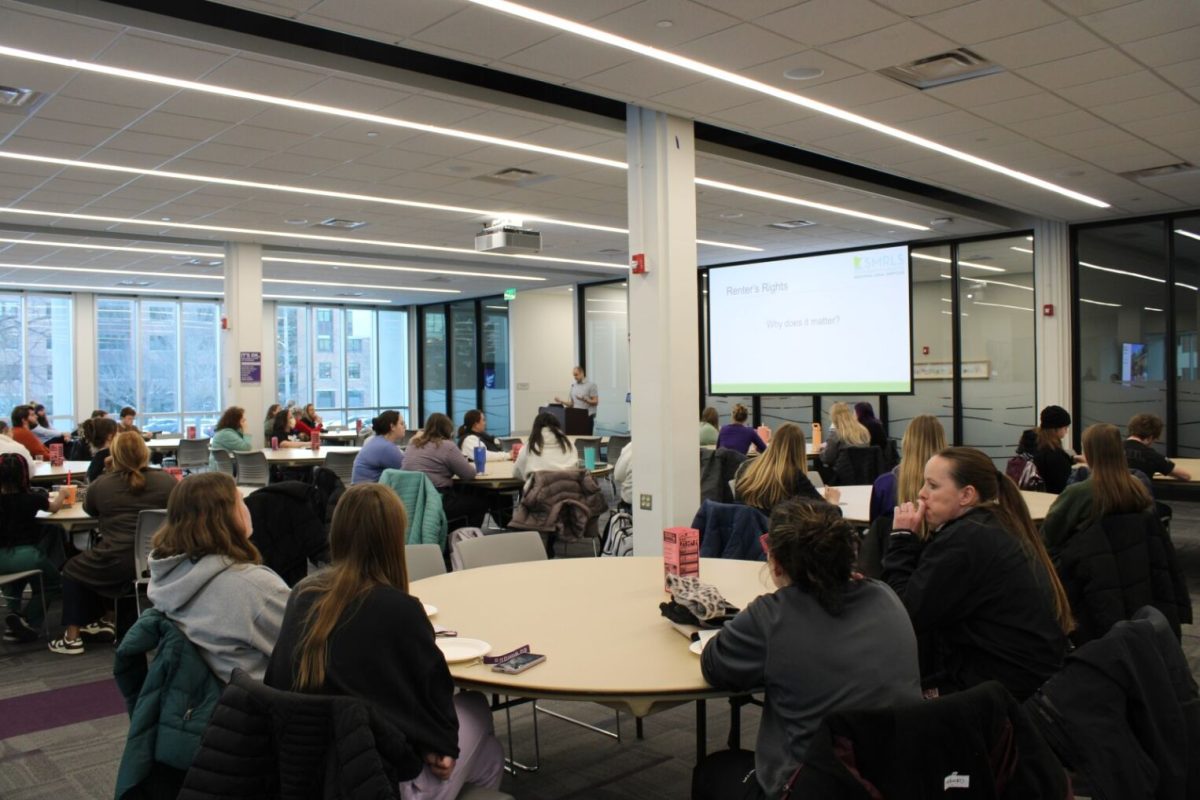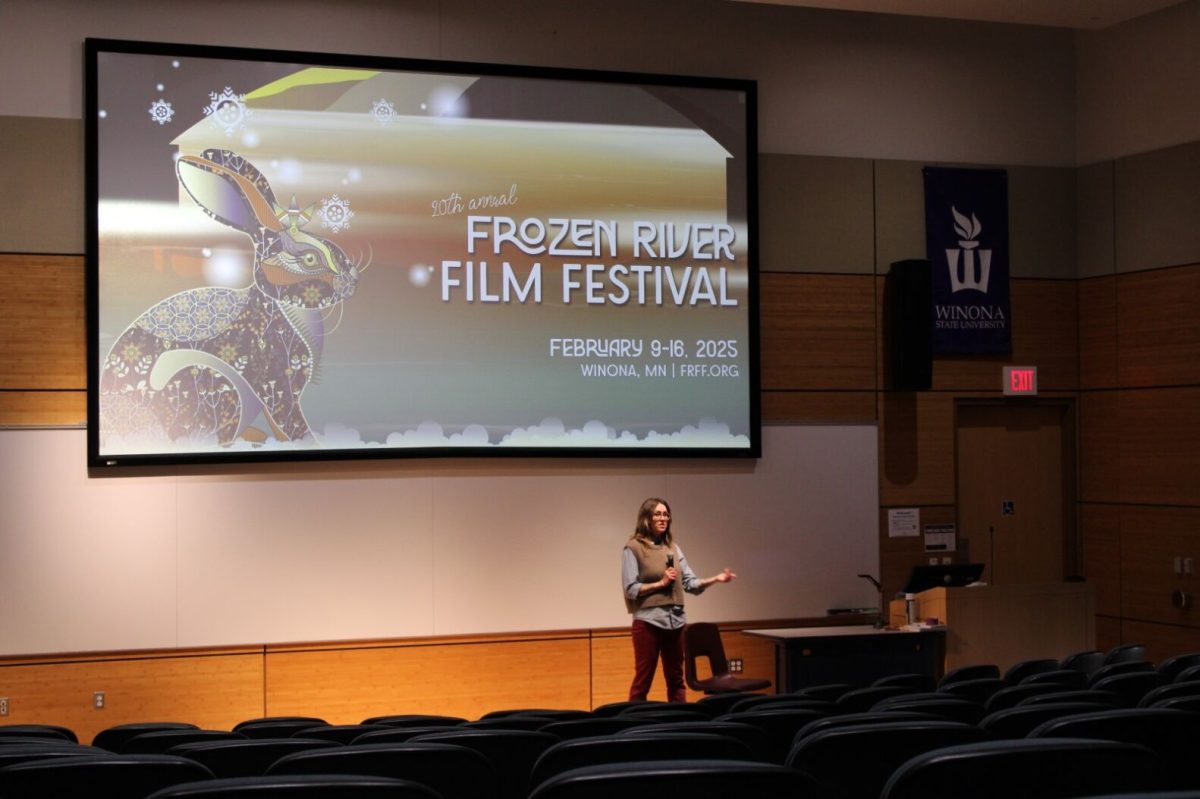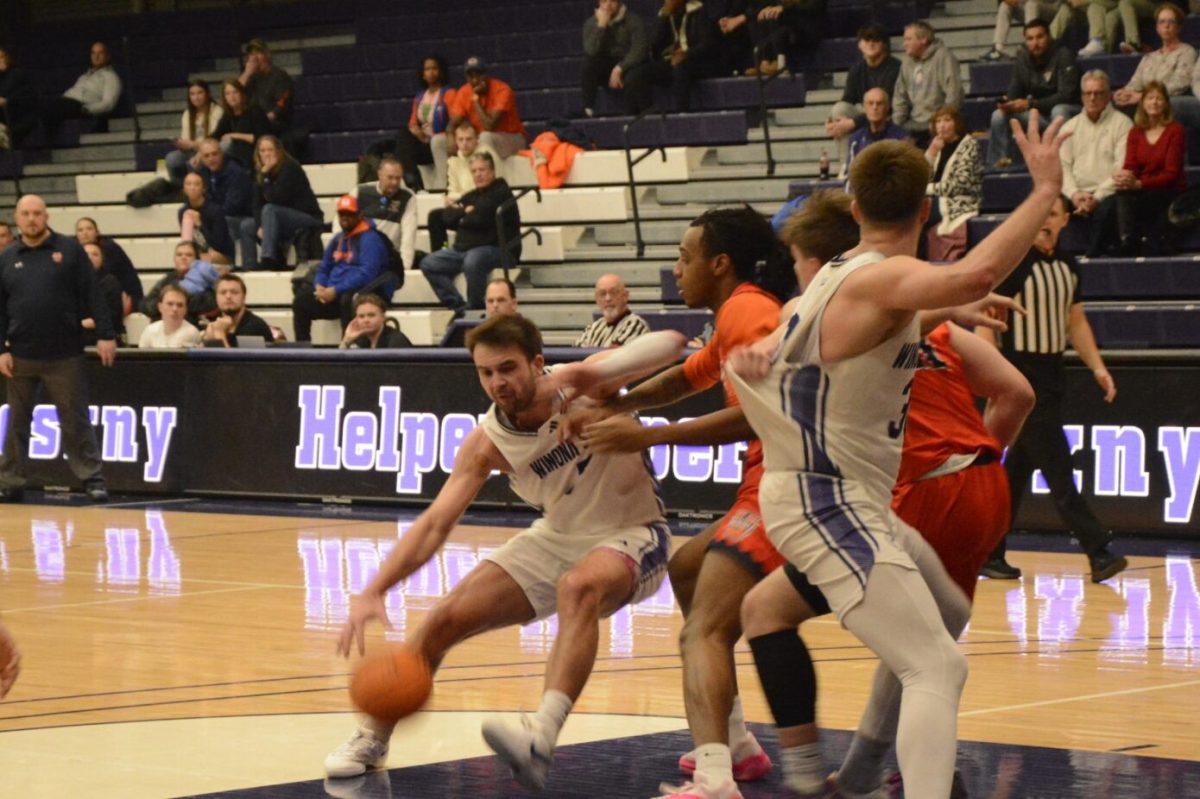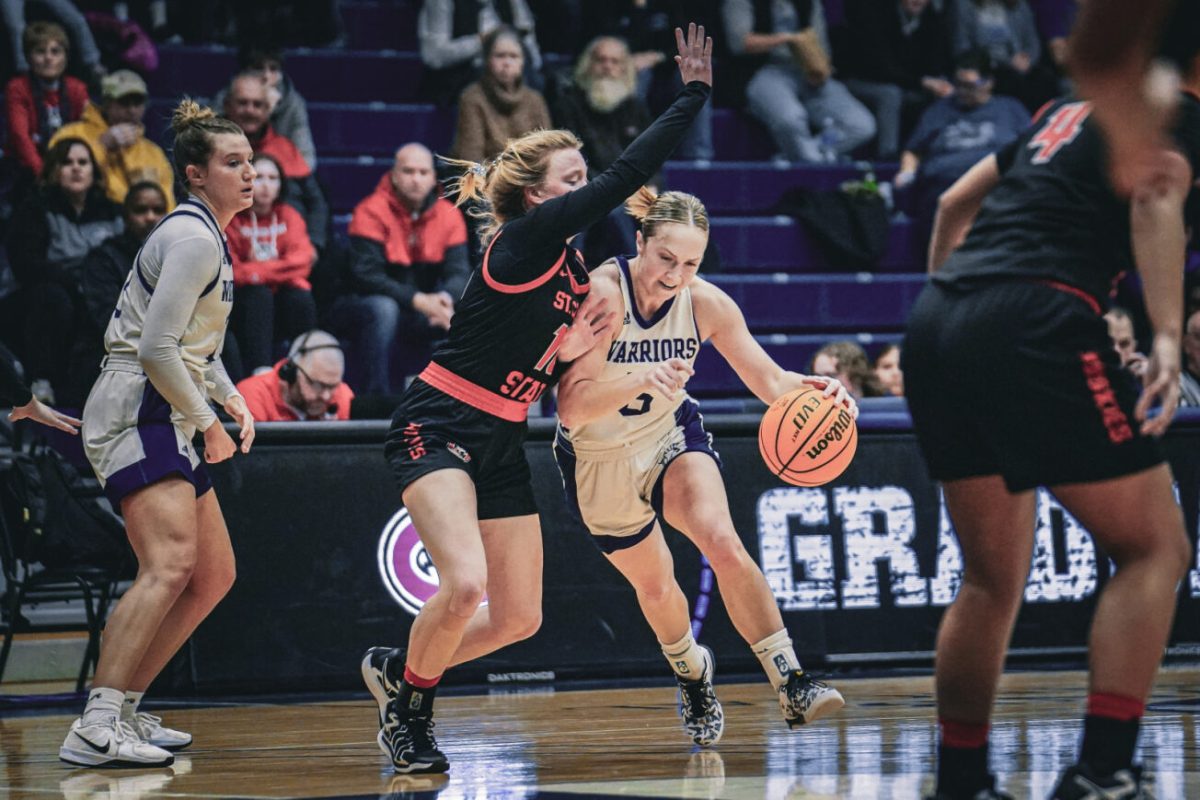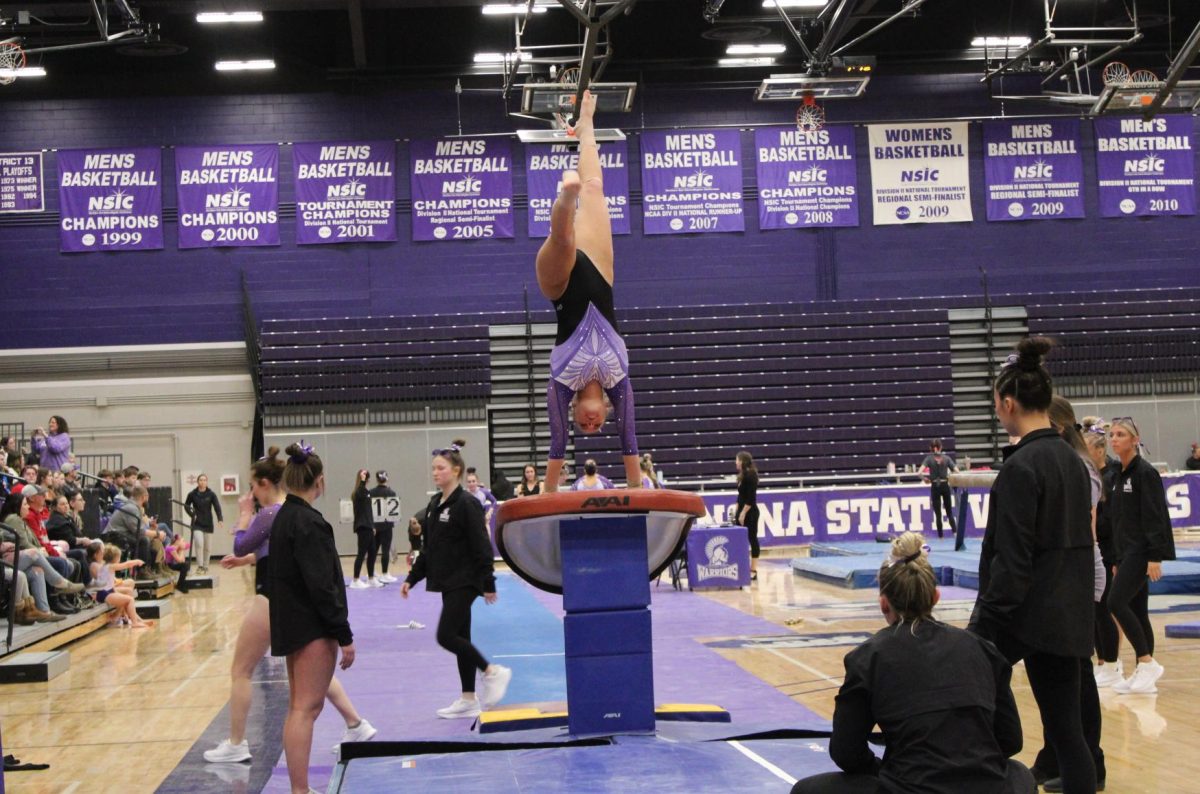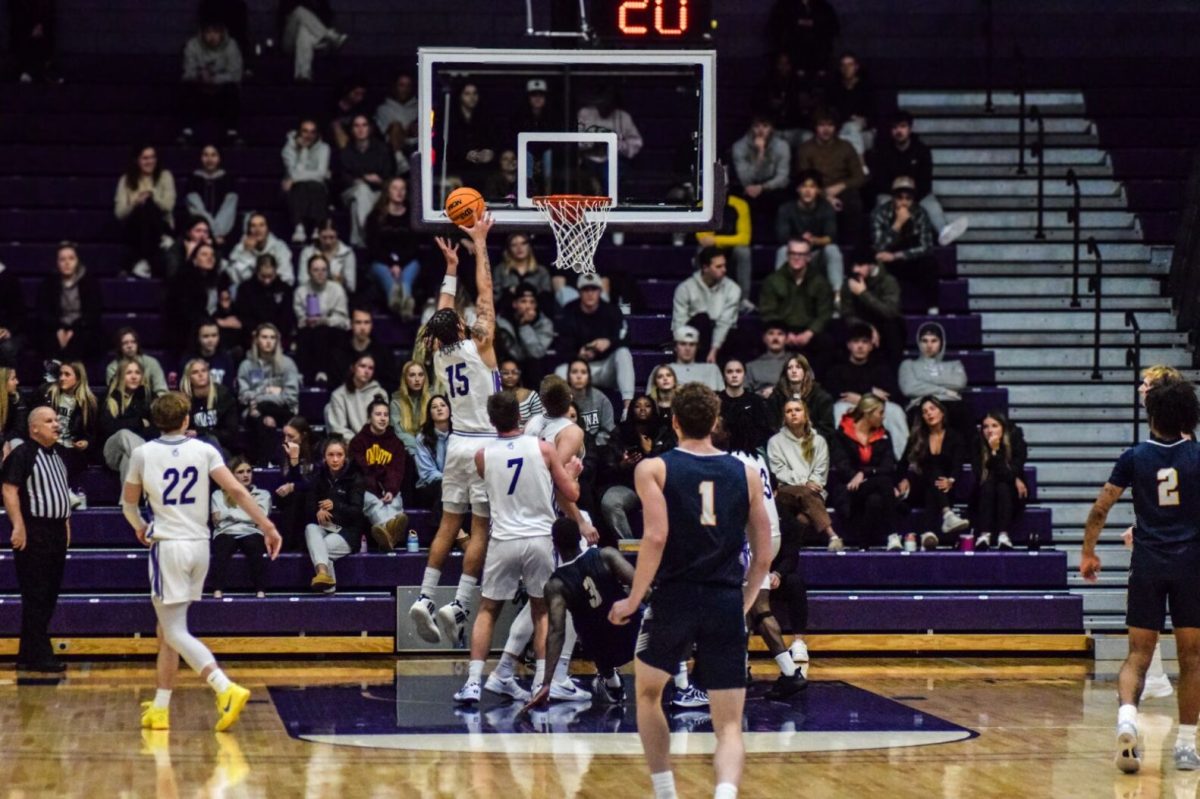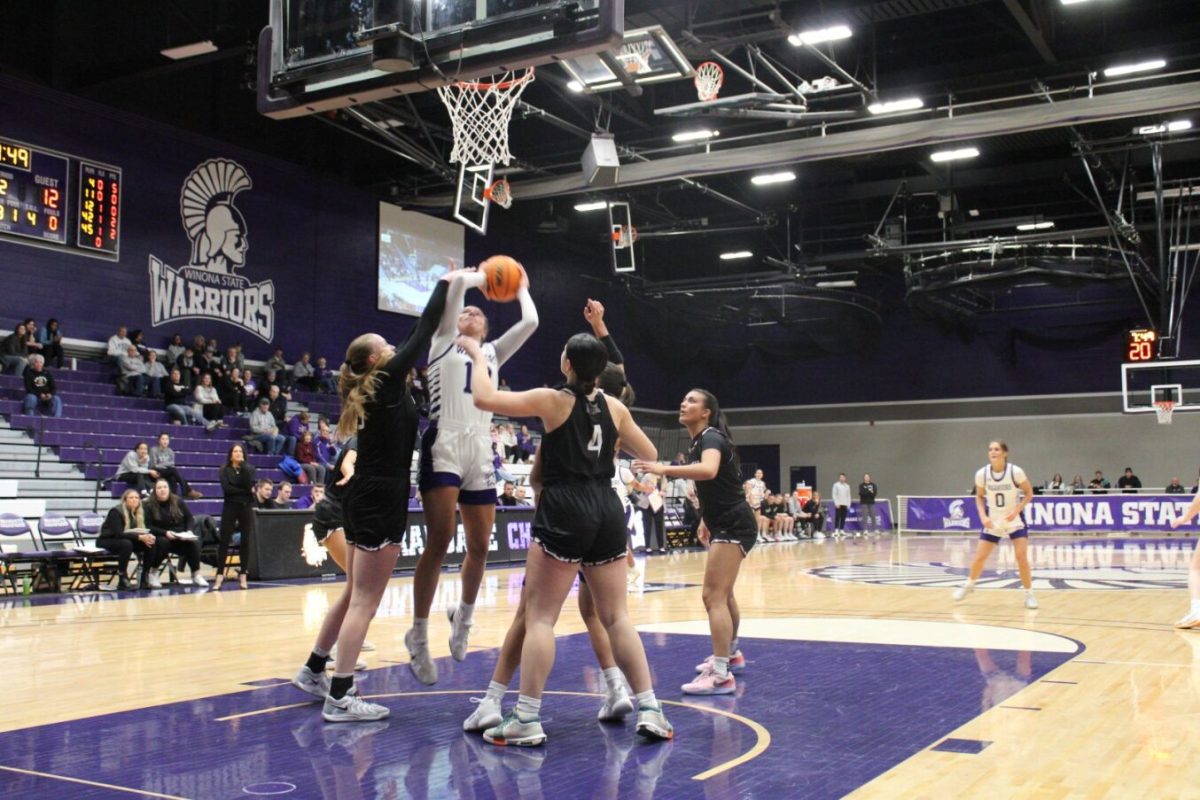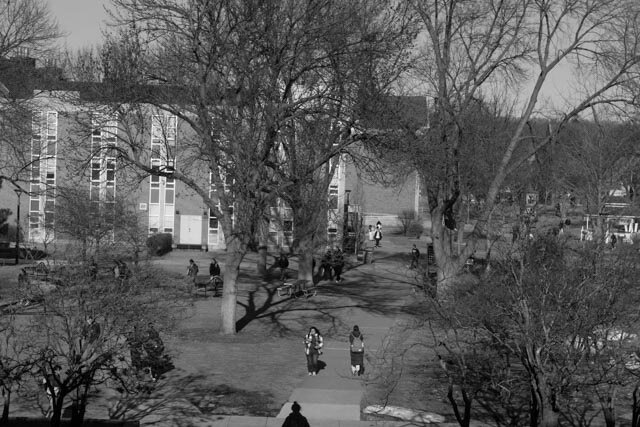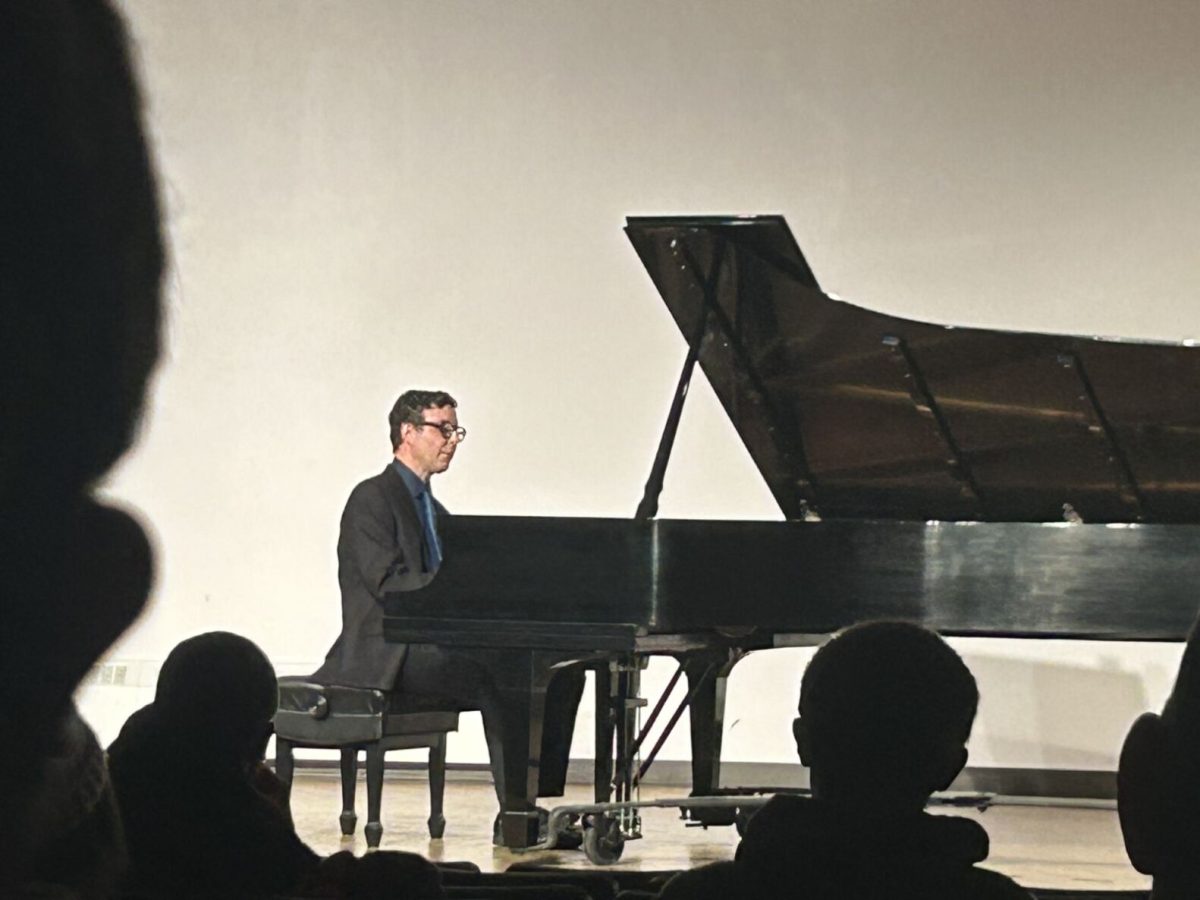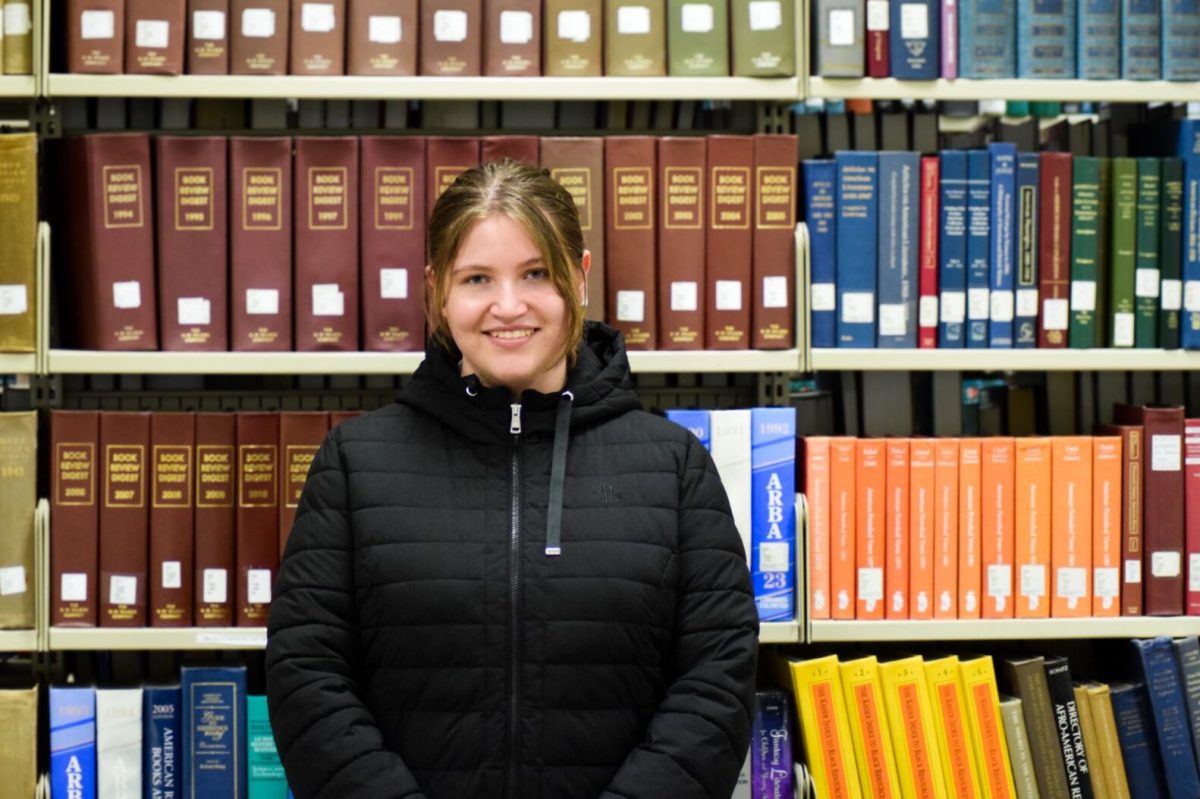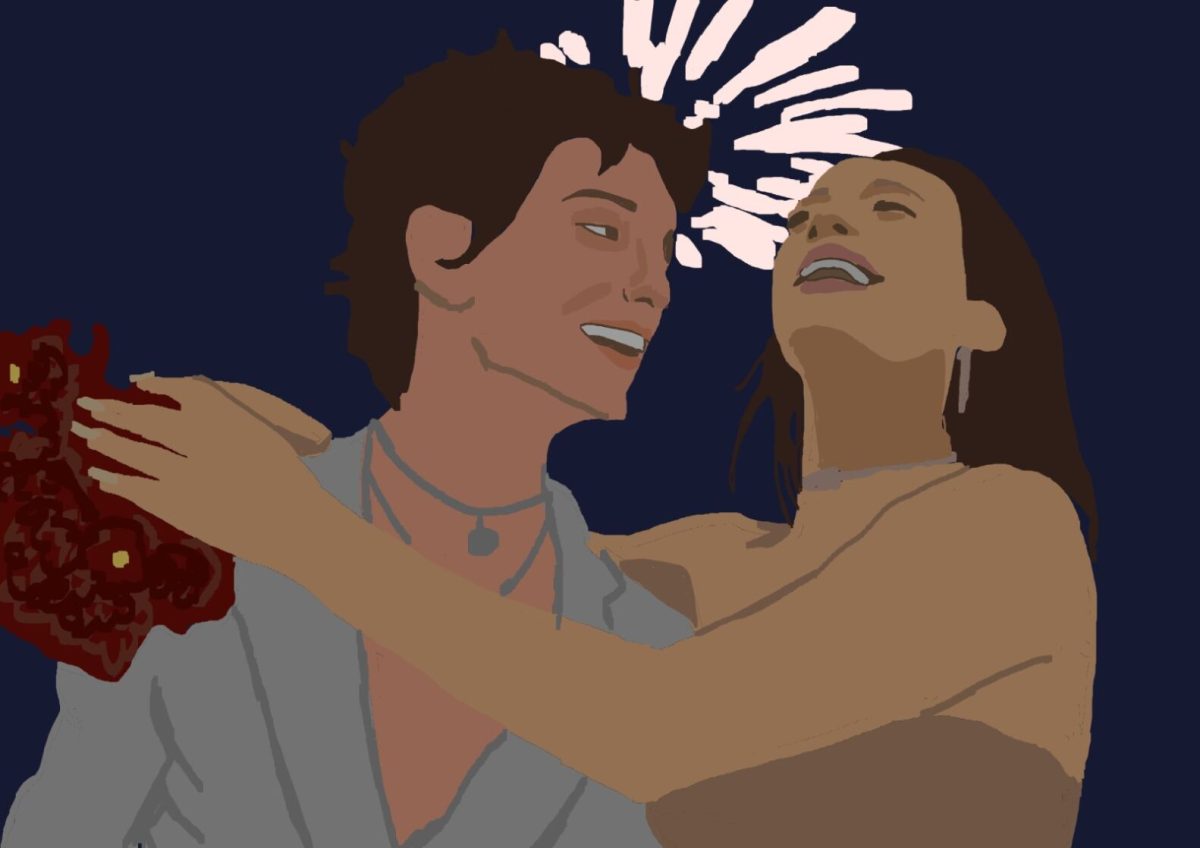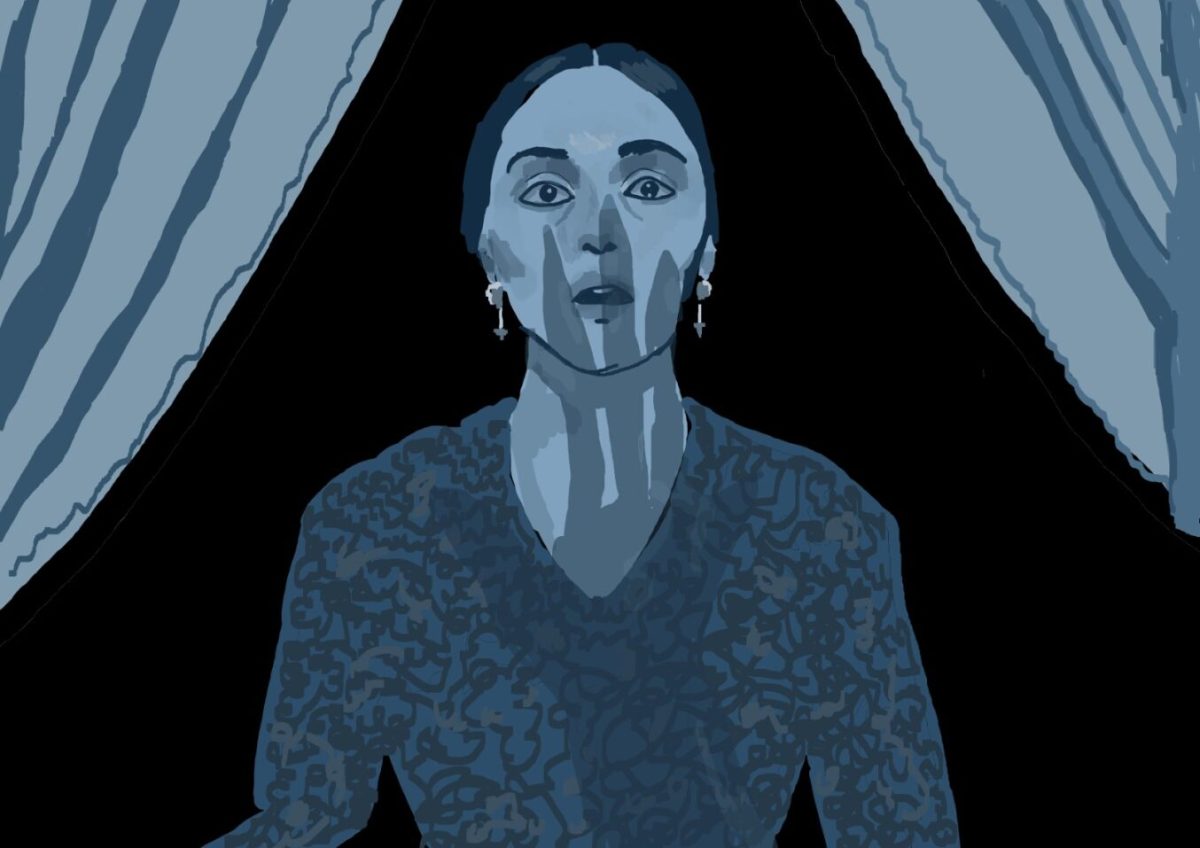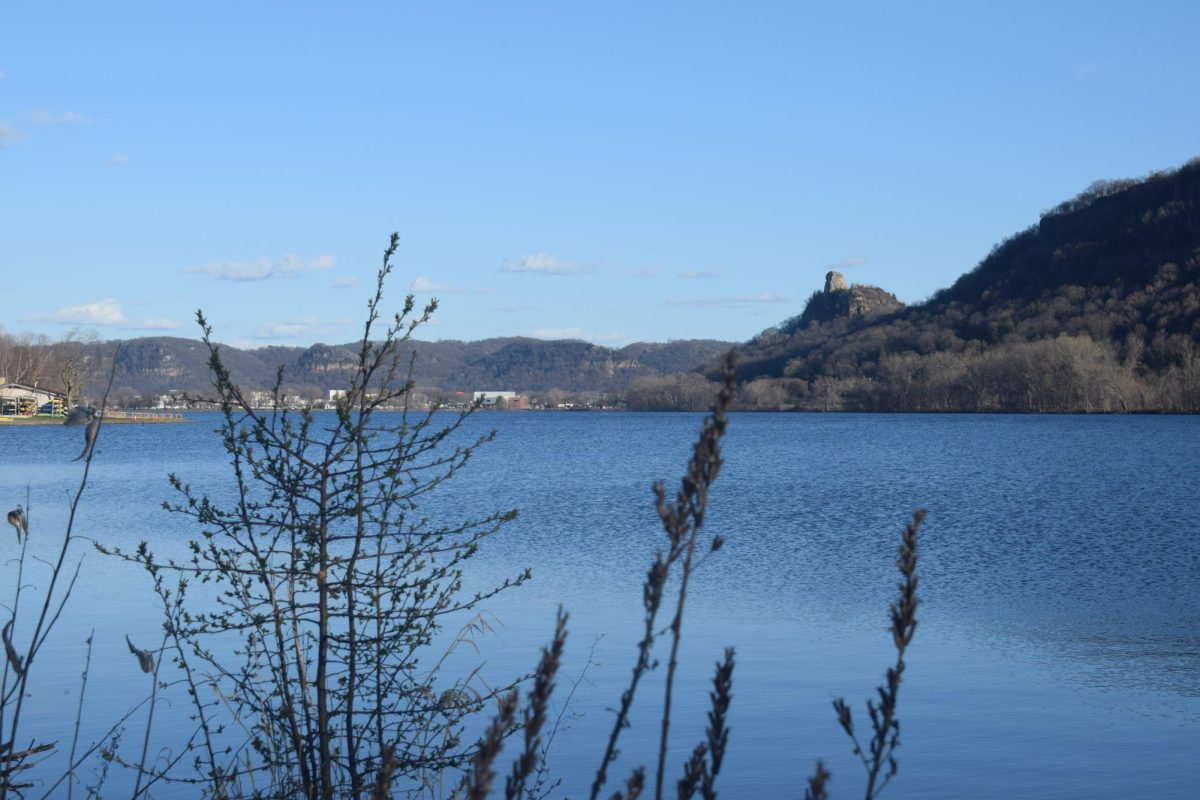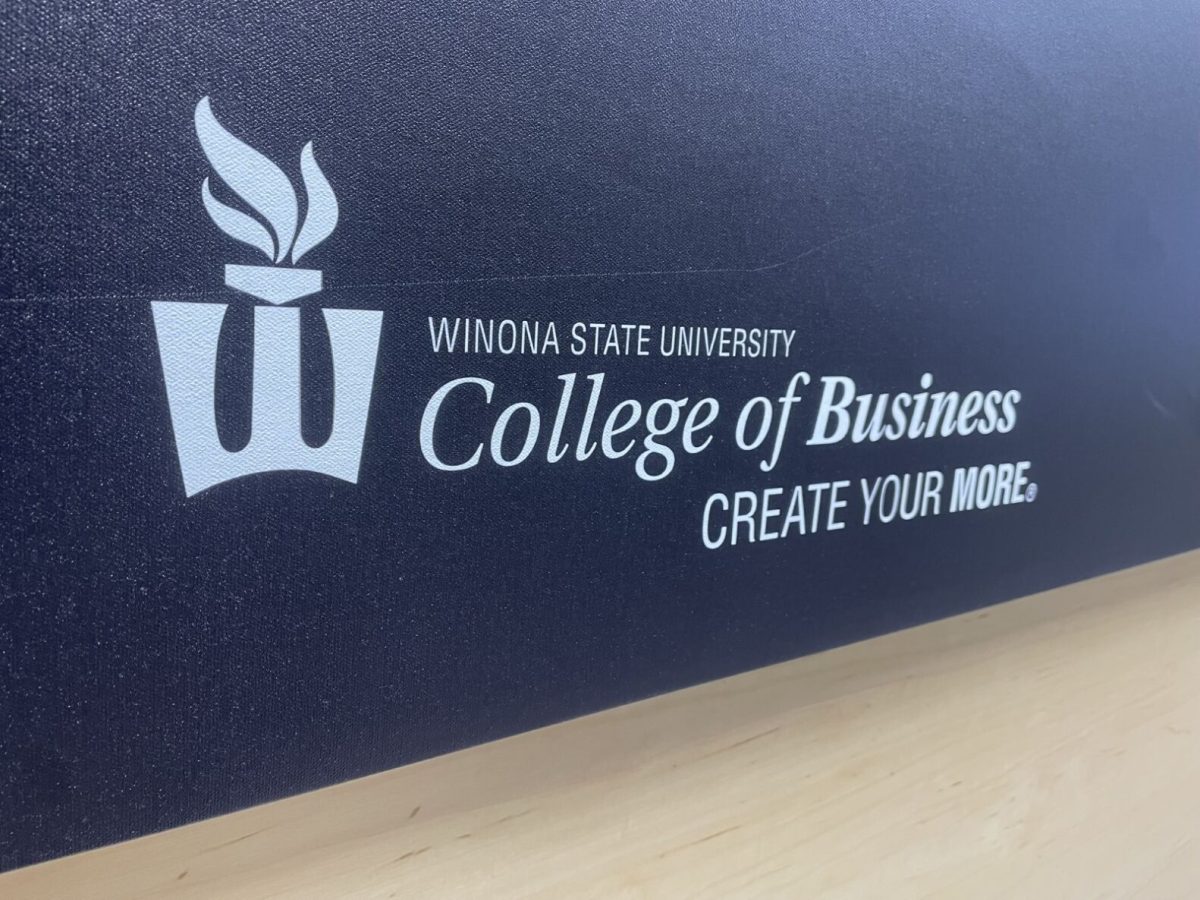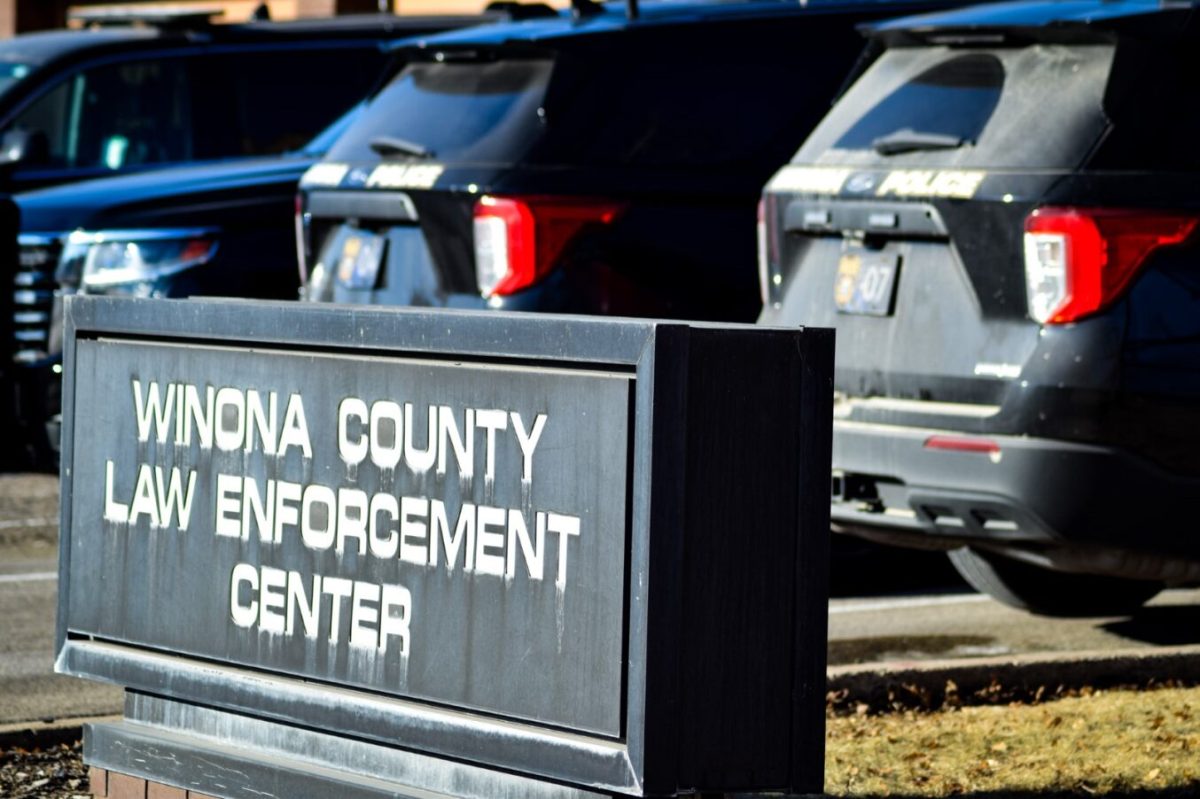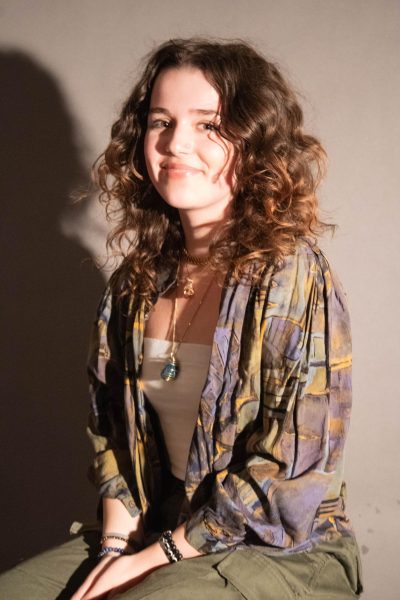Chamber music has historically seen many different venue spaces in its lifetime – from it originally being featured in homes (both small and large), to being brought into Roman Catholic churches, and now being featured prominently on stages to bigger audiences. But now the Winona Symphony Orchestra (WSO) is bringing it to a new venue, The Minnesota Marine Art Museum’s (MMAM) latest gallery exhibition, “Re/Framing the View: Nineteenth-Century American Landscapes”.
This latest collaboration, which happened on April 11th, 2024, featured two out of four of Antonio Vivaldi’s (1678-1741) “Four Seasons” violin concertos, ‘Spring’ and ‘Summer’. It was paired with two Trio Sonatas by Arcangelo Corelli (1653-1713), a contemporary of Vivaldi’s, to round out the program. The musicians that made up the chamber group were the WSO’s principal – or main – string players, and featured their concertmaster, Hillary Kingsley, as a soloist for Vivaldi’s ‘Spring’ and ‘Summer’. The pieces also featured a Harpsichord, a precursor to the piano, of which was very common during the era of which the pieces were initially composed.
It’s not the first time that the WSO has brought music to the MMAM – in fact, they are nearing the end of their third season of doing so, having started it in 2021 after delays due to the pandemic. The idea came about when Dr. Erik Rohde, the conductor of the WSO for now six years, initially came to the symphony and ended up going to the MMAM after being urged by others.
“I was so inspired by this place, and the art and the gallery, and just how it feels. And I thought, we have to do something here,” Rohde said. “And so, I met with Dave [MMAM’s Director of Engagement], and we came up with this idea of the series, which is called ‘Water Music’.”
A lot goes into these chamber concerts, and planning tends to start a year in advance when the MMAM knows their exhibitions for the next year. “The exhibitions in the museum are constantly changing. So, when we meet… we can talk about like, ‘these are the exhibitions we’re going to have, this is what we have coming up in the next year,’ and that gives Erik the inspiration to think about what pieces we might connect to [the exhibition],” Dave Casey, the Director of Engagement for the MMAM said. Casey has been with the MMAM for thirteen years.
It’s this lack of permanency within the museum that allows a creativity for both Casey and Rohde when they’re not only thinking of what pieces to bring to the MMAM in Rohde’s case, but when they finally see a floorplan and must decide how to fit upwards of seventy people who are trying to watch a concert in a gallery. “I think people have fun with that, because they’re in it to bring chamber music to a non-traditional space. So, how we do it in there, you have to get creative,” Casey said.
The floorplan and venue of a gallery not only makes it fun for concertgoers but adds a level of intimacy that you wouldn’t normally get from an orchestra. “Chamber music was never designed to be performed in big concert halls like an orchestra was. And so, it draws people in a different way. But also, it allows people to be really close to the musicians,” Rhode said. “You can come to the concert and be this close to the actual musicians and there’s sort of an immediacy there. And I think it makes it very personable.”
It’s not only when you’re sitting in a seat that you’re only feet from musicians, but after the concert, there was also the opportunity to talk to the musicians themselves.
While sometimes people on a stage can seem so far away, and it can seem like a dream to talk to them, the musicians in the chamber group and the WSO are people in our community. In fact, several of the musicians who performed at the MMAM are professors within Winona State University’s own music department. It was even more obvious after the concert. Concert-goers, in between talking amidst whoever they came with and taking the opportunity to look at the gallery that the concert complimented, talked to the musicians like old friends.
Like Casey described the chamber concerts at the MMAM bring people together. “[The ‘Water Music’ series] is a chance for us to share audiences and expose our audiences to different things,” Casey said. While the WSO and MMAM both have “built-in” audiences who may be more interested in the music or the visual arts side of the events, the concert series gives new opportunities to witness different art forms through an intimate experience.

